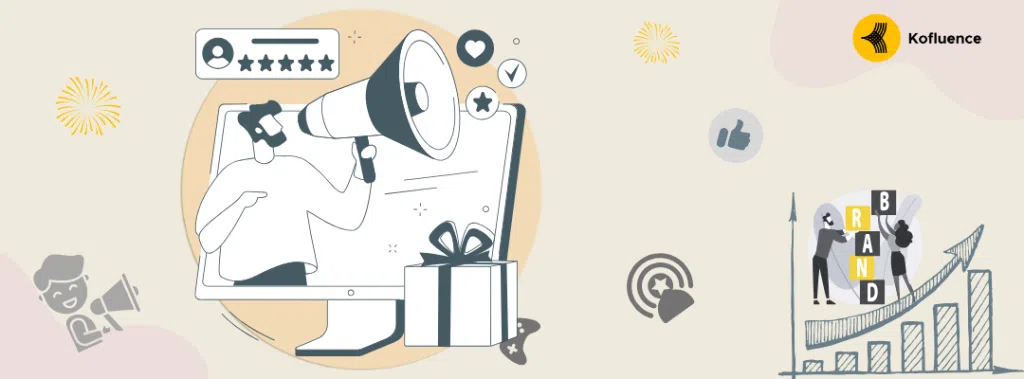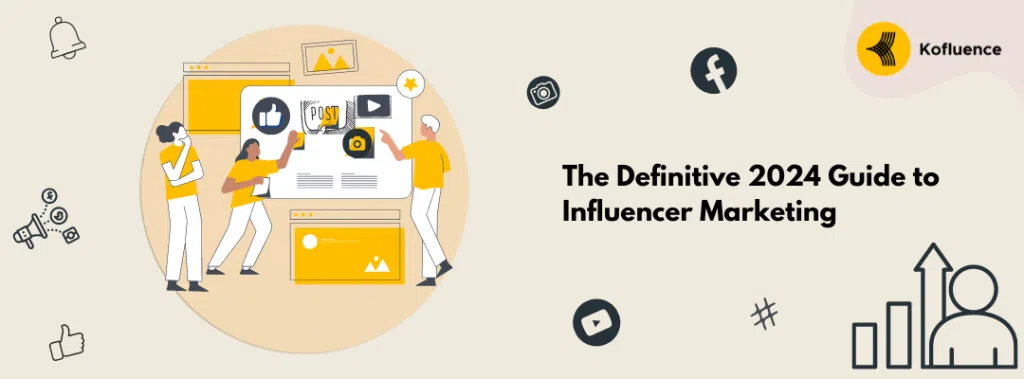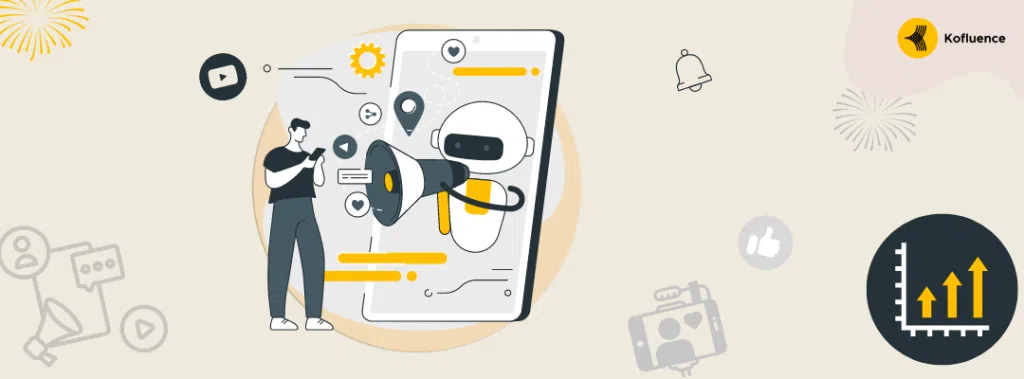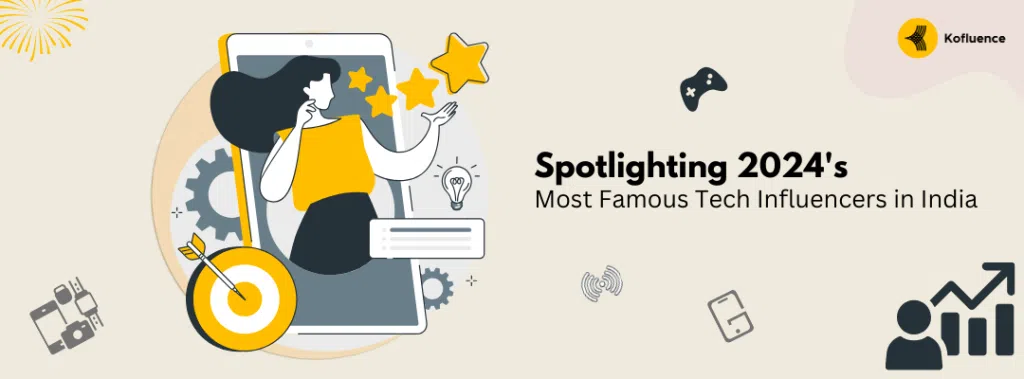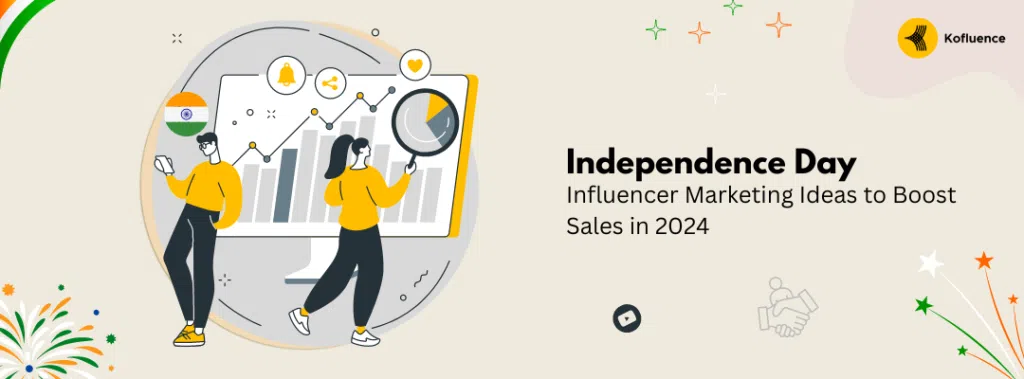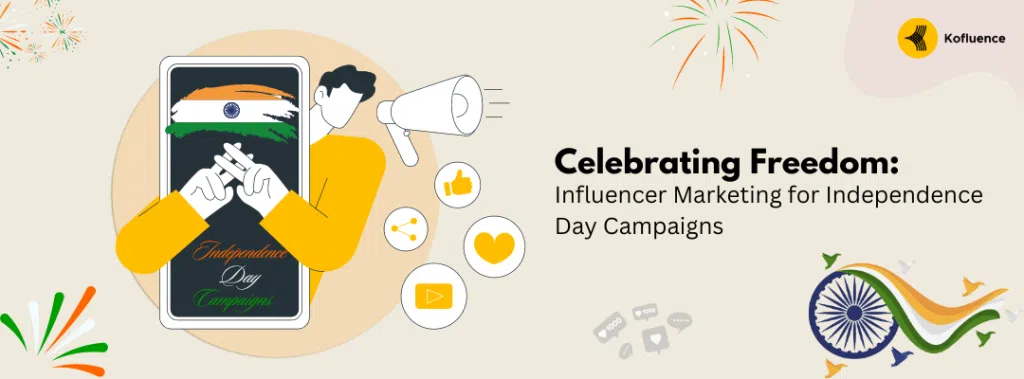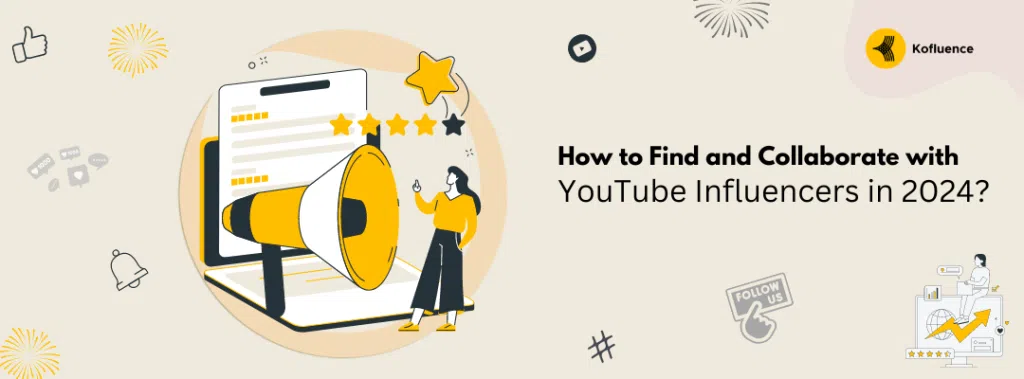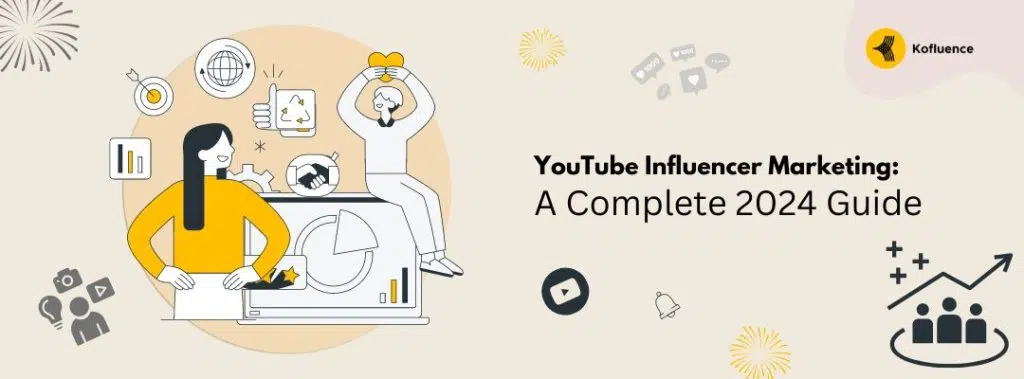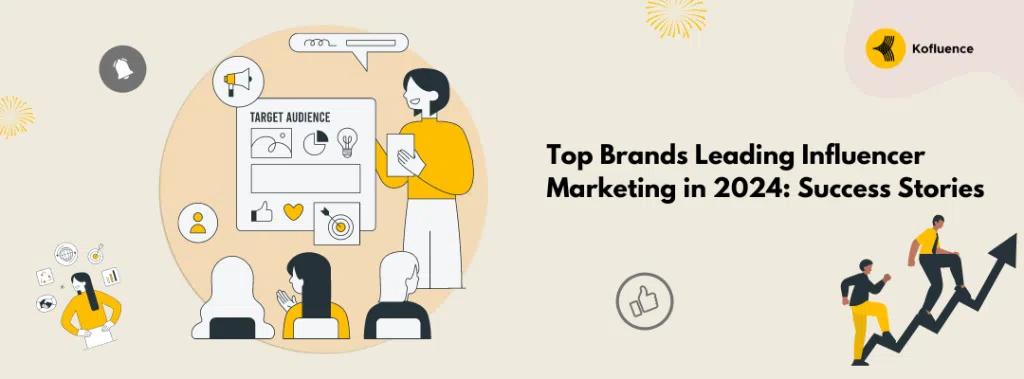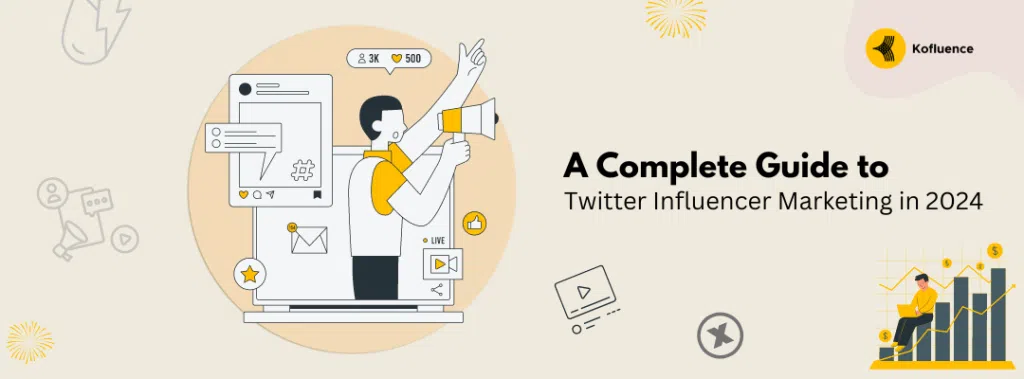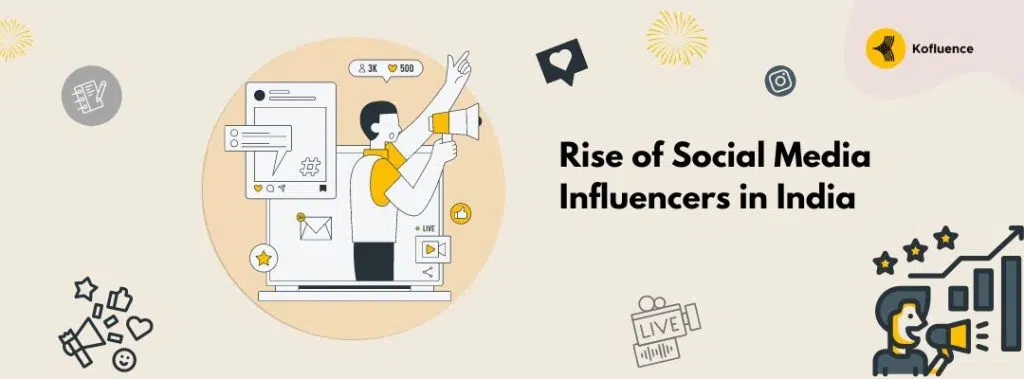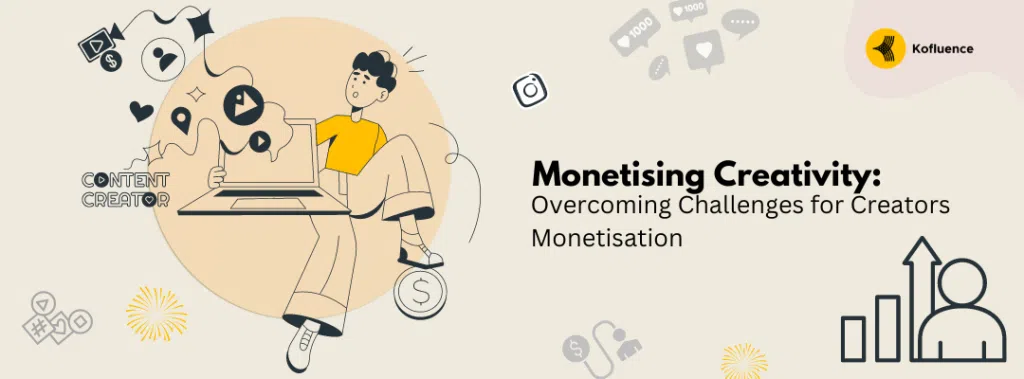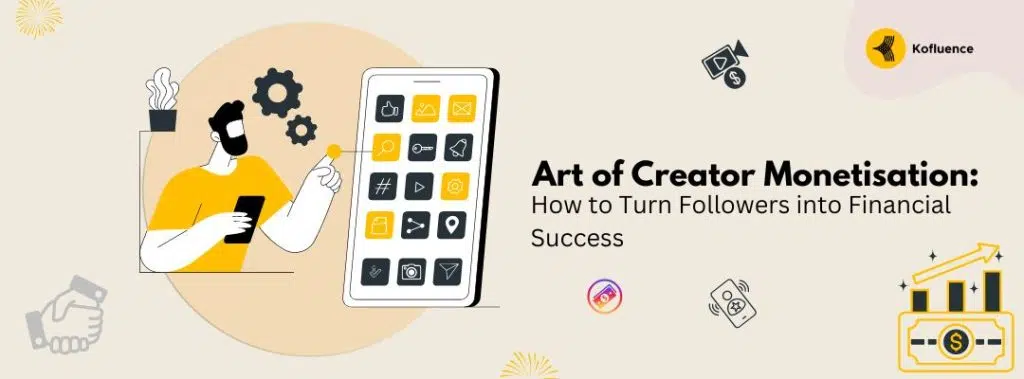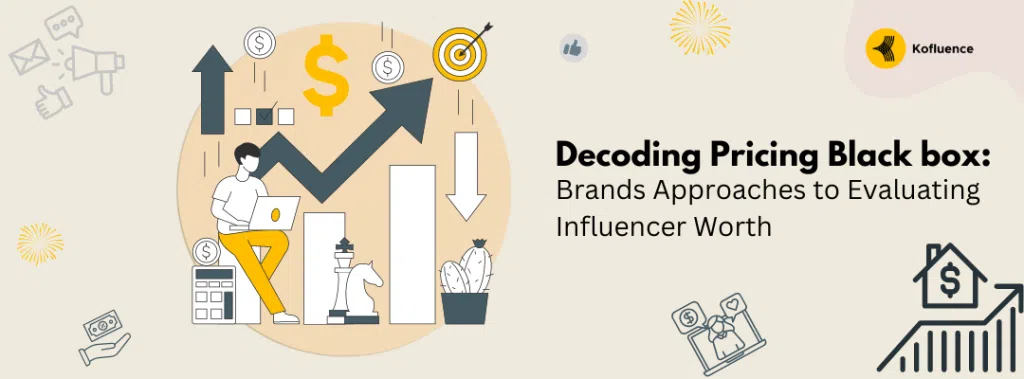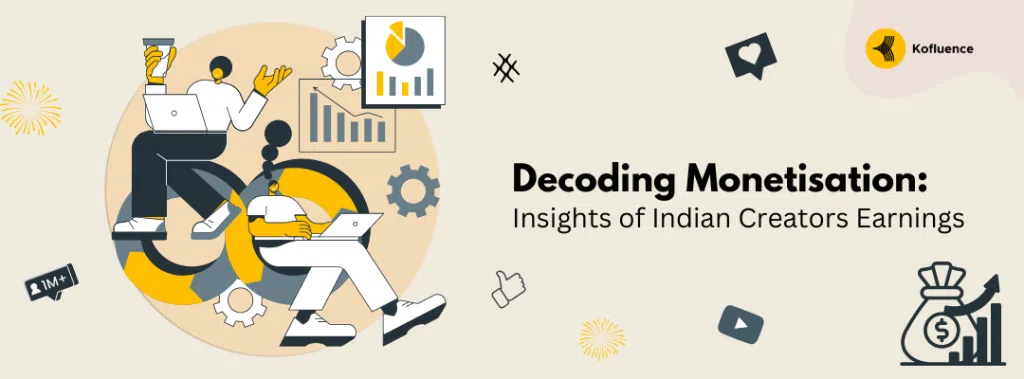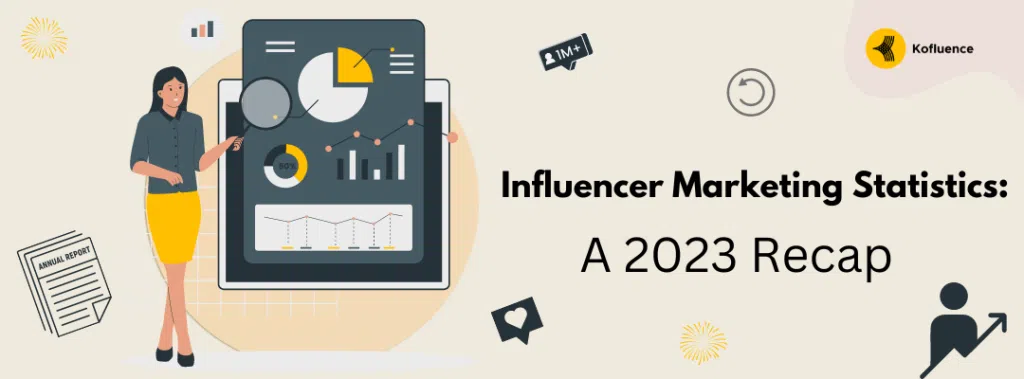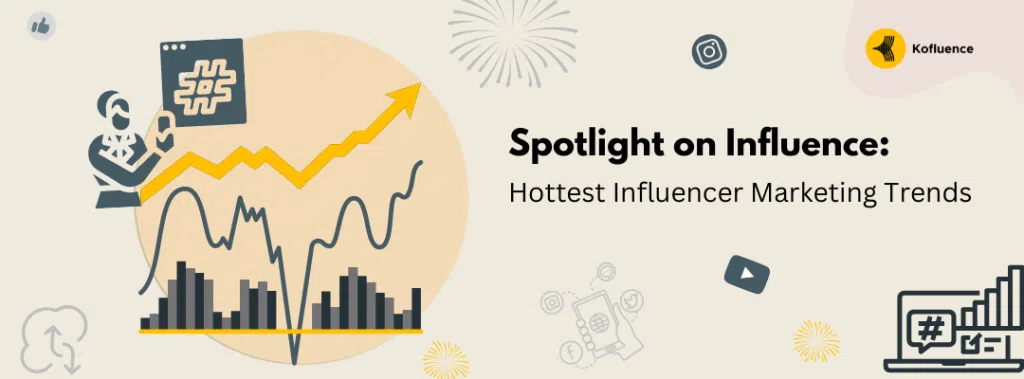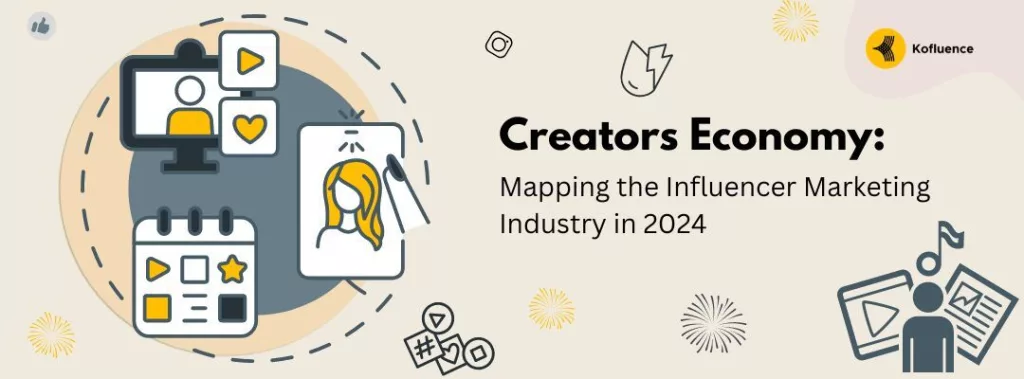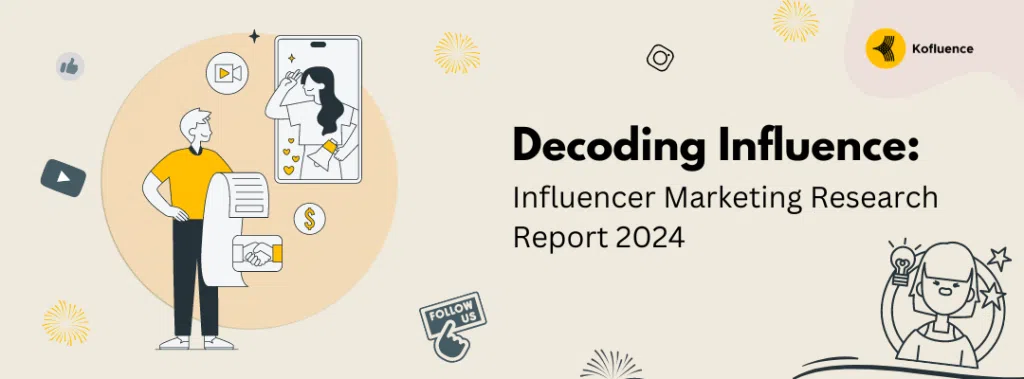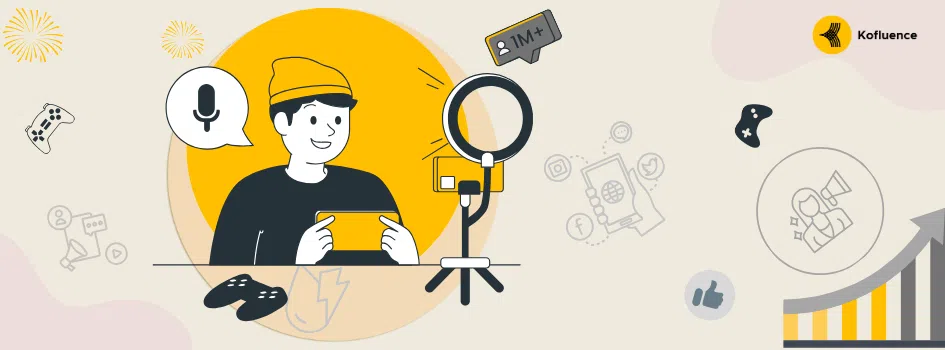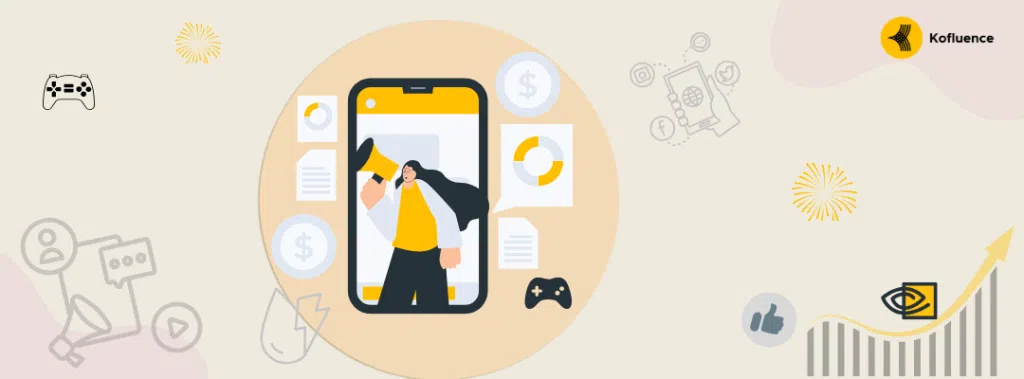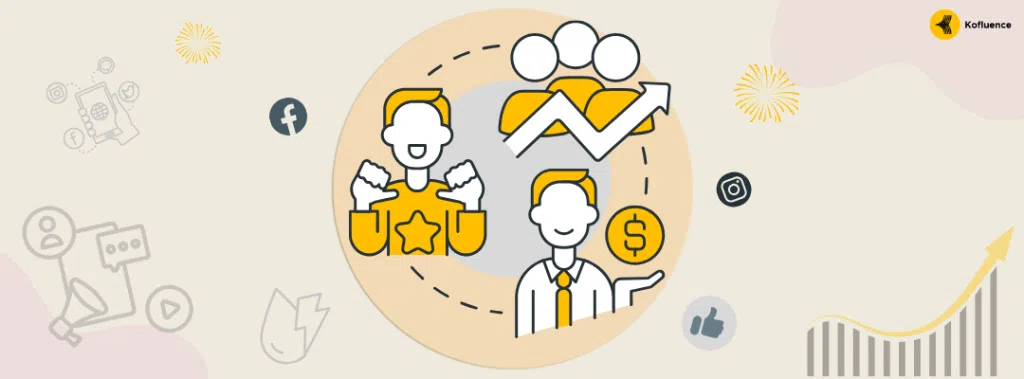Introduction
Understanding Influencer Marketing
Crafting A Successful Influencer Marketing Strategy
Challenges and Solutions in Influencer Marketing
The Future of Influencer Marketing for Brands
Conclusion
Introduction
With the digital marketing scene storming the world significantly, brands increasingly employ influencer marketing to improve their internet presence. This method, which exploits influencers’ popularity and involvement across different social media platforms, has become more than a matter of choice; it is the need of the hour. Influencer marketing is a fundamental way out due to its ability to authentically bond with the audience, which means changing the brand’s attitude online. As we go through 2024, the need for influencer marketing for brands has reached a new height. Businesses now see the ability to stand out and connect with the target consumers in a crowded digital space as an essential ingredient of competitiveness.
This guide explores influencer marketing as the most effective method of making brands famous online. In this article, we will review influencer marketing’s effectiveness, applications, and future trends to present a thorough picture of how this marketing technique transforms brands’ online presence.
Understanding Influencer Marketing
Influencer marketing is a highly effective tool in any marketing strategy as it capitalizes on the reach and influence of social media creators who boast a significant following. These individuals have the power to connect with a wide audience that shares common interests through their posts and engagement on social media platforms. Brands seeking to promote themselves on these platforms partner with these influencers to market their products, utilising their followers, engagement, and credibility. Audiences tend to consume influencer content more effectively than TV ads because they have faith in these influencers. This trust is why engagement is vital in influencer marketing for brands. Through sponsored content, collaborations, or endorsements, influencers can effectively showcase products in a relatable context, fostering consumer trust and potentially leading to increased sales and brand loyalty.
Influence marketing trends are moving toward genuineness, emphasising long-term partnerships instead of one-off events. This transition is based on the principle that continuous communication increases brand loyalty. Along with that, there’s an increasing desire for content that provides value other than just promoting the product – educational, entertaining, and interactive content with an emotional connection. These trends highlight that influencer marketing is ever-changing, where authentic connection and engagement are critical for brands looking to create a lasting effect on the audience.
Crafting a Successful Influencer Marketing Strategy
Developing a successful influencer marketing plan involves thoroughly identifying and selecting digital marketing influencers with values similar to your brand and attractive to your consumer demographics. This process entails looking at the response rates, the audience profile, and content matching your brand values. At this point, it’s essential to grasp the psychology of brand influencer marketing; it’s about realising how an influencer’s content affects consumer behaviour and decision-making and developing a relationship through authenticity and trust.
The next step is to develop mutually beneficial influencer relationships by clearly understanding the expectations and aligning with the campaign vision. It’s great to give creative freedom; the influencer’s understanding of the target audience and the brand’s goals aligns with this idea.
A successful influencer marketing campaign’s most essential parts are good goal setting, different content creation, and a multi-platform promotion strategy. Goals should be SMART (Specific, Measurable, Achievable, Relevant, Time-bound), trying to make more engagement, conversion, and brand awareness. The content should make use of the influencer’s creativeness and generate accurate and interactive content that resonates with the audience’s interests and manners.
Consequently, cross-platform promotion offers extended reach and impressions of your campaign by tailoring messages to suit each platform’s dynamics and keeping the brand narrative coherent. Comprehending and applying a holistic approach, which entails an in-depth understanding of consumer behaviour, is the crucial element for creating persuasive influencer marketing campaigns.
Challenges and Solutions in Influencer Marketing
While influencer marketing for brands is a dynamic and prosperous area, the challenges are critical to the campaign’s success. The main difficulty is choosing an influencer whose branding and audience demographics coincide with the brand’s target market. ROI evaluation is another critical issue, mainly because the returns are both qualitative and quantitative.
The obstacles that brands face can be overcome by using comprehensive methods, which will utilise the tools and platforms that provide information about influencers engagement rates, and audience demographics. The integrated strategy is based on the idea that influencer personification of the brand and its values will result in the synergy of the campaign and its objectives, thus making it more effective. To measure ROI, a mix of qualitative and quantitative metrics such as engagement rates, conversion rates, or social listening tools could also help evaluate the campaign’s success rate.
The best strategies involve establishing upfront clear goals, engaging in regular influencer communication, and determining performance indicators. These steps form a basis for tackling the common challenges and making influencer marketing a solid weapon for achieving brand aims and creating genuine links with consumers.
The Future of Influencer Marketing for Brands
It is imperative to consider that brand influencer marketing in the future beyond 2024 will be a pivotal factor in embracing intriguing innovations and changes in strategic approach. The emergence of AR and the rise of digital influencers are among the key trends that redefined brand-customer engagement and designed new ways of interaction. This technological jump will allow storytelling with the highest personalisation level ever, thus enormously increasing the emotional influences of advertising campaigns.
With that, micro and nano influencers will continue growing in the market. They are known for forming genuine relations and achieving high engagement rates. The trend of authenticity will intensify even more with the need for original and authentic content appropriate to the audience’s desire for transparency and the ability to relate.
In addition, the role of sustainability and ethical practices in such collaborations will be further accentuated, pointing to the shifts in consumer attitudes influencing sustainability. Brands and social media influencers that promote these values will be more effective leaders in the new influencer marketing paradigm.
Conclusion
The evolving digital marketing environment requires brands to recognise the high value of social media influencer marketing. When done strategically and with care, companies will be able to use this instrument to not only their online presence but also to create a genuine connection with their audience. Hence, brands use influencer marketing not only as a tactic but also as an integral part of their marketing strategies, ensuring that they are noticed amidst the dynamic market changes.
If you found this blog to be helpful browse through our website for other blogs on similar topics or get in touch with us for your next influencer marketing campaign! Download the Kofluence app and find relevant campaigns catering to your target audience! To opt-in, download the Kofluence app here: iOS users, and Android users.

